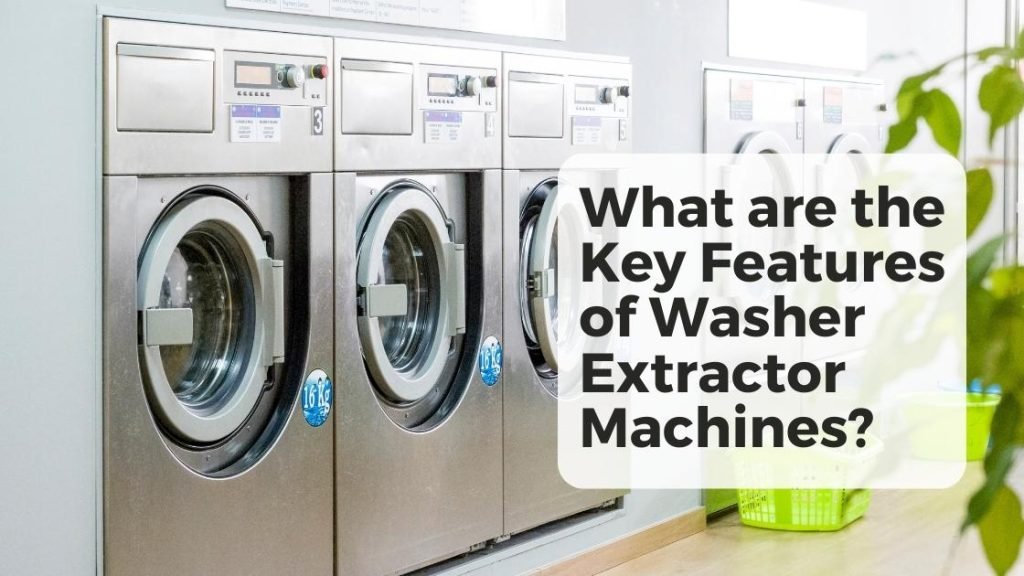Currently Empty: $0.00
Maintenance Tips for Keeping Your Washing machine Running Efficiently
A washing machine is an essential appliance in most households, helping to keep our clothes clean and fresh. However, like any other household appliance, a washing machine requires regular maintenance to ensure it continues to run efficiently and effectively. Neglecting proper maintenance can lead to decreased performance, higher energy consumption, and even premature breakdowns. Therefore, it’s crucial to follow some simple maintenance tips to keep your washing machine running smoothly and extend its lifespan.
Contents
- 1. Clean The Drum And Detergent Dispenser
- 2. Check And Clean The Filter
- 3. Avoid Overloading The Machine
- 4. Use The Right Amount Of Detergent
- 5. Check And Adjust The Leveling
- 6. Avoid Using Hot Water Unnecessarily
- 7. Clean The Water Inlet Screens
- 8. Run Regular Maintenance Cycles
- 9. Check And Clean The Drain Pump Filter
1. Clean The Drum And Detergent Dispenser
Cleaning the drum and detergent dispenser of your washing machine is an important maintenance task that ensures your laundry comes out fresh and clean every time. Over time, dirt, soap residue, and fabric softener can accumulate in these areas, leading to unpleasant odors and reduced washing performance. Regularly cleaning the drum and detergent dispenser will not only extend the lifespan of your washing machine but also keep your clothes smelling and feeling their best. Here are some steps to effectively clean the drum and detergent dispenser of your washing machine.
-
Gather Necessary Supplies
You will need some basic supplies to clean the drum and detergent dispenser of your washing machine. These may include rubber gloves, a soft brush or toothbrush, white vinegar, baking soda, and a clean, lint-free cloth.
-
Clean The Drum
Start by running an empty cycle on your washing machine using hot water. Add two cups of white vinegar to the detergent dispenser or directly into the drum. Vinegar helps to dissolve soap residue and remove odors. Allow the machine to complete the cycle.
-
Scrub The Drum
Once the cycle is complete, open the washing machine and use a soft brush or toothbrush to scrub the drum thoroughly. Pay extra attention to areas with visible dirt or stains. Be sure to reach the crevices and folds of the drum to remove any accumulated grime.
-
Clean The Detergent Dispenser
Most washing machines have a detergent dispenser where you add laundry detergent, fabric softener, and other additives. This area can also accumulate residue over time. Remove the detergent dispenser according to the manufacturer’s instructions and wash it in warm, soapy water. Use a small brush or toothbrush to clean any stubborn residue. Rinse thoroughly and dry it before reassembling it back into the washing machine.
You may also like to read: Commercial Laundry Equipment for Small Businesses: What You Need to Know
2. Check And Clean The Filter
Checking and cleaning the filter is a crucial maintenance task for various appliances and systems. Filters, whether in HVAC systems, air purifiers, vacuum cleaners, or even coffee makers, can quickly become clogged with dirt, dust, debris, and other pollutants, reducing their efficiency and effectiveness. Regularly inspecting and cleaning filters can help prevent performance degradation and extend the lifespan of the appliance or system. Clean filters also promote better indoor air quality, reduce energy consumption, and improve overall performance. It’s essential to follow the manufacturer’s instructions for proper filter maintenance, including recommended cleaning methods or replacement schedules, to ensure optimal performance and prevent potential damage or health risks from dirty filters.
3. Avoid Overloading The Machine
Overloading your washing machine can put excessive strain on its motor and other components, leading to decreased performance and even premature wear and tear. It’s essential to follow the manufacturer’s recommended load capacity for your washing machine and avoid overloading it. Over time, this will help maintain the efficiency and longevity of your washing machine.
4. Use The Right Amount Of Detergent
Using too much or too little detergent can affect the performance of your washing machine. Too much detergent can create excessive suds, leading to poor rinsing and residue buildup, while too little detergent may not clean your clothes effectively. Follow the manufacturer’s recommendations for the correct amount of detergent to use based on the load size and water hardness in your area. Using high-quality detergent can also make a difference in the performance of your washing machine.
5. Check And Adjust The Leveling
Proper leveling of your washing machine is crucial for its efficient operation. If your washing machine is not leveled, it can cause excessive vibrations during the spin cycle, leading to increased wear and tear on the motor and other components. Periodically check the leveling of your washing machine and adjust the legs as needed to ensure it sits level on the floor. You can use a bubble level to check the levelness of your washing machine.
You may also like to read: Commerical Laundry Machine Repairs: Everything You Need To Know
6. Avoid Using Hot Water Unnecessarily
Using hot water for every wash cycle can increase your energy consumption and utility bills. Most modern washing machines are designed to work efficiently with cold or warm water for most regular loads. Reserve hot water for heavily soiled or stained clothes. Using cold or warm water will not only save energy but also help prolong the lifespan of your washing machine by reducing wear and tear on the heating element.
7. Clean The Water Inlet Screens
Many washing machines have screens at the water inlet valve to filter out sediment and debris from the incoming water. Over time, these screens can become clogged, affecting the water flow and efficiency of your washing machine. It’s important to check and clean these screens periodically. You can remove the water inlet hoses from the machine, locate the screens at the water inlet valve, and clean them with a soft brush or rinse them under running water to remove any sediment or debris.
8. Run Regular Maintenance Cycles
Some washing machines come with built-in maintenance cycles, such as a “clean cycle” or a “tub clean” cycle. These cycles are designed to help clean the drum, remove residue, and keep your washing machine running efficiently. It’s recommended to run these maintenance cycles periodically, following the manufacturer’s instructions, to prevent the buildup of dirt, grime, and mold in your washing machine.
9. Check And Clean The Drain Pump Filter
The drain pump filter is responsible for trapping lint, coins, and other debris that may have been left in the pockets of clothes. Over time, the drain pump filter can become clogged, leading to poor drainage and potential damage to the pump. It’s important to check and clean the drain pump filter regularly. Refer to the manufacturer’s instructions for the location and cleaning method of the drain pump filter, and be sure to turn off the power to your washing machine before attempting to clean it.
Conclusion
Remember to consult your washing machine’s manual for specific maintenance instructions and contact a professional technician if you encounter any issues or need further assistance. Taking care of your washing machine is crucial to ensure it runs efficiently and lasts longer. Proper maintenance not only saves you money in the long run by preventing costly repairs or replacements but also helps you maintain clean and well-maintained clothes for you and your family. Whether you have a residential washing machine or commercial laundry equipment, following these maintenance tips and seeking professional laundry equipment supplier’s help when needed will ensure that your washing machine continues to provide reliable performance and keeps your laundry routine smooth and hassle-free.














